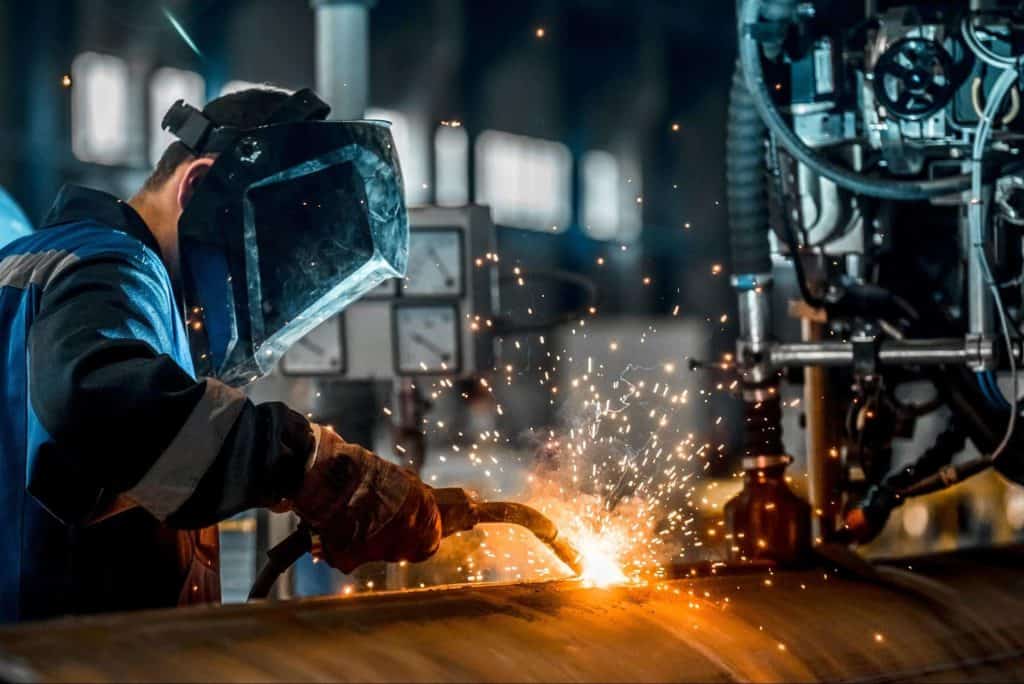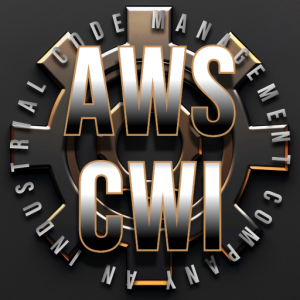Top Tips for Effective Welding Inspection in Gilbert Arizona: A Comprehensive Overview
Top Tips for Effective Welding Inspection in Gilbert Arizona: A Comprehensive Overview
Blog Article
Checking Out the Significance of Welding Assessment in Industrial Applications: Guarding Against Failures and Enhancing Longevity
Welding examination offers as a critical line of defense in commercial applications, making sure the structural stability and dependability of welded parts. By systematically identifying problems such as porosity and insufficient combination, evaluations not just protect against failings yet likewise prolong the life expectancy of important possessions. Abiding by sector standards improves both safety and security and functional efficiency; nevertheless, the effects of disregarding these practices can be extreme. As we analyze the multifaceted advantages of normal evaluations, it comes to be apparent that recognizing these dynamics is not merely a matter of compliance but a strategic critical for long life and danger mitigation.
Function of Welding Inspection
Welding examination works as a vital protect in industrial applications, making sure that welded frameworks fulfill defined criteria of top quality and safety and security. This procedure entails an organized examination of welds to verify their stability, toughness, and compliance with recognized codes and requirements. The role of welding inspection is complex, incorporating both visual analyses and non-destructive screening approaches, which might consist of ultrasonic, radiographic, or magnetic particle screening.
Effective welding assessment identifies potential problems early, reducing the risk of tragic failings that can arise from poor welds. By making certain that welds are performed according to develop requirements, examiners add to the general structural reliability and longevity of components in essential applications, such as stress vessels, pipelines, and architectural structures.

Usual Welding Flaws

Among one of the most widespread defects is porosity, defined by little gas pockets trapped within the weld steel. This takes place as a result of contaminants or inappropriate securing gas, compromising the weld's strength. One more substantial defect is insufficient combination, where the weld steel stops working to bond effectively with the base material, potentially resulting in architectural weaknesses.

Splits can also create during or after the welding process, commonly associated to thermal tensions or incorrect cooling rates. Furthermore, damaging, where the base metal is eroded along the weld grain, can deteriorate the joint and is often brought on by too much warm input or incorrect technique.
Moreover, lack of infiltration occurs when the weld metal does not get to the origin of the joint, resulting in inadequate stamina. Recognizing these common flaws is vital for welders and assessors alike to guarantee that bonded frameworks fulfill safety and performance requirements, ultimately preventing possible failures in commercial applications.
Advantages of Regular Assessments
Regular assessments act as a vital secure in making certain the integrity and long life of welded structures. These analyses identify prospective problems and weaknesses that may endanger the honesty of welds, enabling timely remediation prior to concerns intensify. By applying a structured examination routine, companies can considerably lower the danger of tragic failings that might lead to expensive downtime, equipment replacement, or perhaps crashes.
Additionally, normal examinations add to improved quality assurance throughout the welding procedure. By adhering to a consistent inspection schedule, firms can guarantee that their welding practices fulfill well established quality benchmarks and finest techniques. This not just fosters a culture of liability but also urges continuous enhancement amongst welding personnel.
Additionally, normal examinations promote much better upkeep planning. By identifying wear and tear early, companies can strategically arrange replacements and repair services, decreasing disruption to procedures. This aggressive strategy eventually brings about prolonged property life expectancy and have a peek at this website improved overall productivity.
Lastly, a dedication to regular inspections can improve a business's online reputation in the market. Customers and stakeholders increasingly value companies that prioritize safety and high quality, thus boosting depend on and possibly bring about enhanced service possibilities.
Market Criteria and Regulations
Abiding by market criteria and regulations is a fundamental facet of welding evaluation that matches the benefits of normal assessments. These standards, established by organizations such as the American Welding Society (AWS) and the American Society of Mechanical Engineers (ASME), offer a structure for ideal practices in welding procedures, products, and inspection techniques. Compliance with these laws guarantees that welds meet the needed quality and safety criteria, substantially lowering the risk of architectural failings.
Regulatory bodies like the Occupational Safety and Health And Wellness Administration (OSHA) additionally enforce standards that secure employees and the environment during welding procedures. By adhering to these developed standards, markets can improve the dependability of their parts and frameworks, ensuring they perform as planned under various functional problems.
Furthermore, adherence to market standards promotes uniformity in quality assurance, promoting smoother communication amongst stakeholders and regulative companies. This positioning not just lessens obligation dangers yet also improves the integrity of organizations in open markets. Welding Inspection Gilbert Arizona. Eventually, compliance with welding requirements and regulations is not just a legal obligation; it is an essential why not find out more financial investment in safety, performance, and lasting operational success
Future Trends in Welding Evaluation
As sectors remain to develop, the future of welding examination is poised to incorporate innovative technologies that enhance precision and effectiveness. Among one of the most considerable trends is the fostering of automation and robotics in examination processes. Automated systems can carry out evaluations rapidly, minimizing human error and raising throughput in manufacturing settings.
Moreover, the integration of artificial knowledge (AI) and artificial intelligence algorithms will certainly make it possible for anticipating analytics, enabling for real-time evaluations and positive maintenance. By analyzing data from previous assessments, these innovations can identify patterns that might indicate potential failures, thereby prolonging the life-span of bonded components.
Furthermore, non-destructive screening (NDT) strategies are anticipated to become a lot more advanced, using devices such as drones and self-governing automobiles geared up with advanced sensing units. Welding Inspection Gilbert Arizona. These advancements will certainly improve the ability to check dangerous or hard-to-reach locations without compromising security
In addition, the pattern towards digitalization will bring about enhanced data monitoring systems that facilitate better tracking, reporting, and compliance with sector requirements. In summary, the find here future of welding examination is characterized by technological developments that assure to considerably improve integrity, safety and security, and operational effectiveness in numerous commercial applications.
Final Thought
In conclusion, welding evaluation serves a crucial feature in ensuring the integrity and durability of welded structures throughout various commercial applications. As improvements in modern technology continue to advance, the future of welding inspection guarantees increased precision and performance, eventually contributing to the long life of essential infrastructures.
Welding inspection offers as a vital line of protection in commercial applications, making certain the architectural integrity and dependability of bonded elements.Welding examination serves as an important guard in industrial applications, making sure that welded structures fulfill specified standards of high quality and security. Inevitably, the duty of welding inspection is crucial in advertising safety and security, improving performance, and safeguarding investments in commercial framework.
These criteria, established by companies such as the American Welding Culture (AWS) and the American Society of Mechanical Designers (ASME), give a structure for finest practices in welding procedures, products, and inspection techniques.In conclusion, welding inspection offers an essential feature in making certain the honesty and durability of welded frameworks throughout different industrial applications.
Report this page